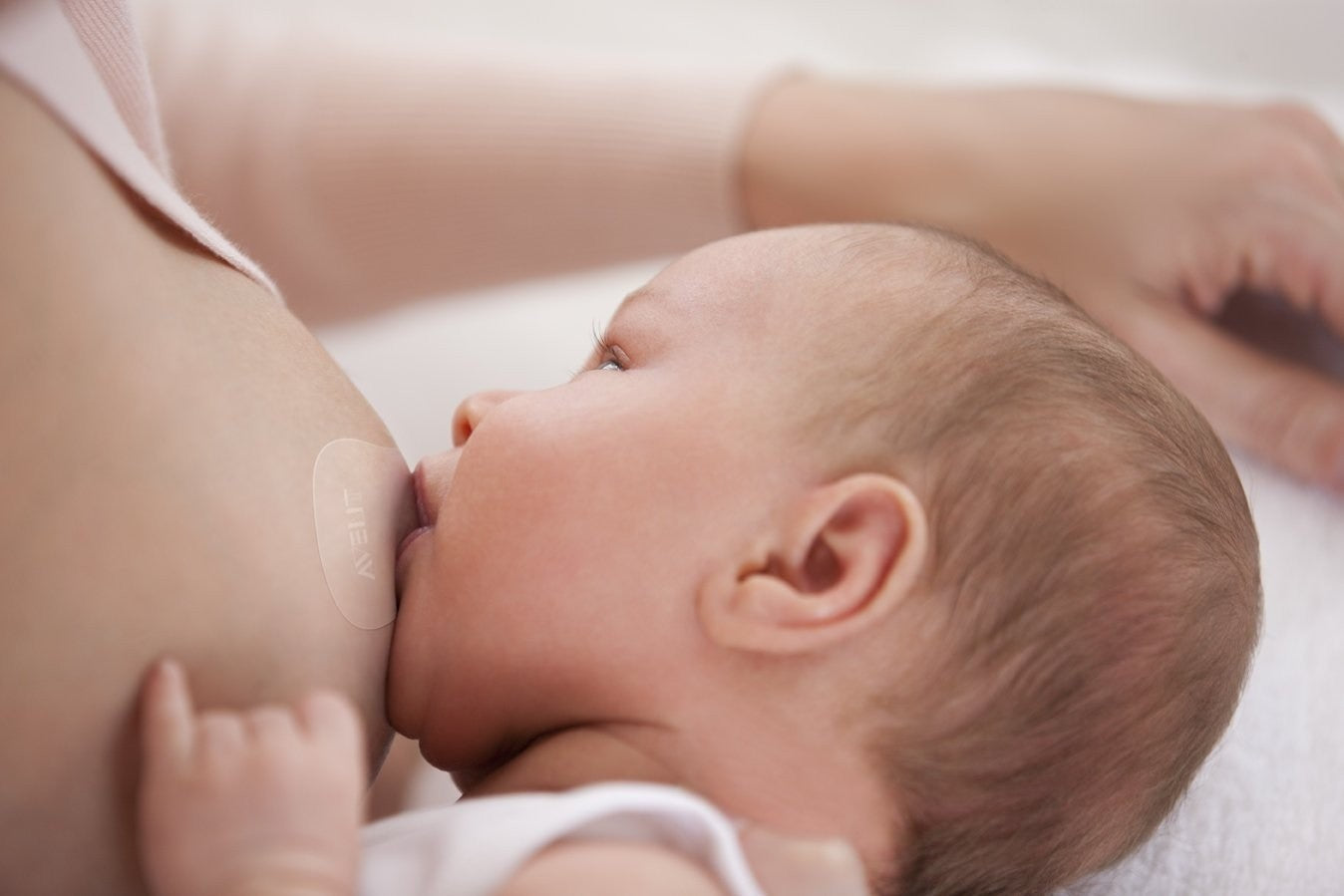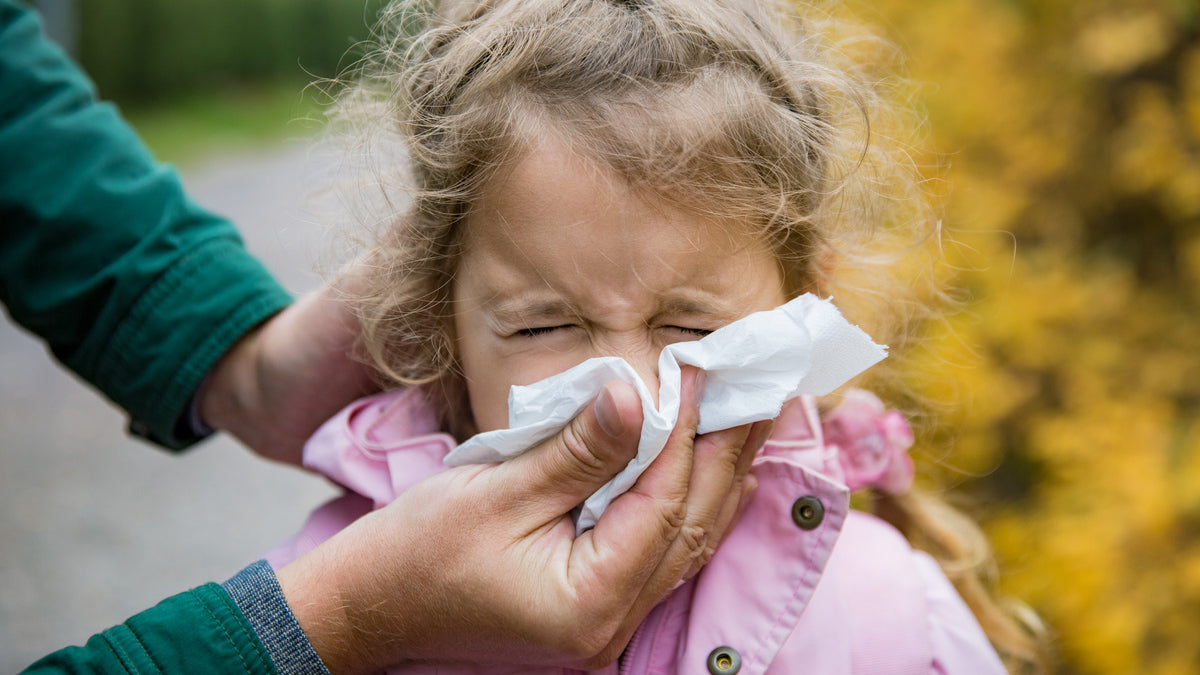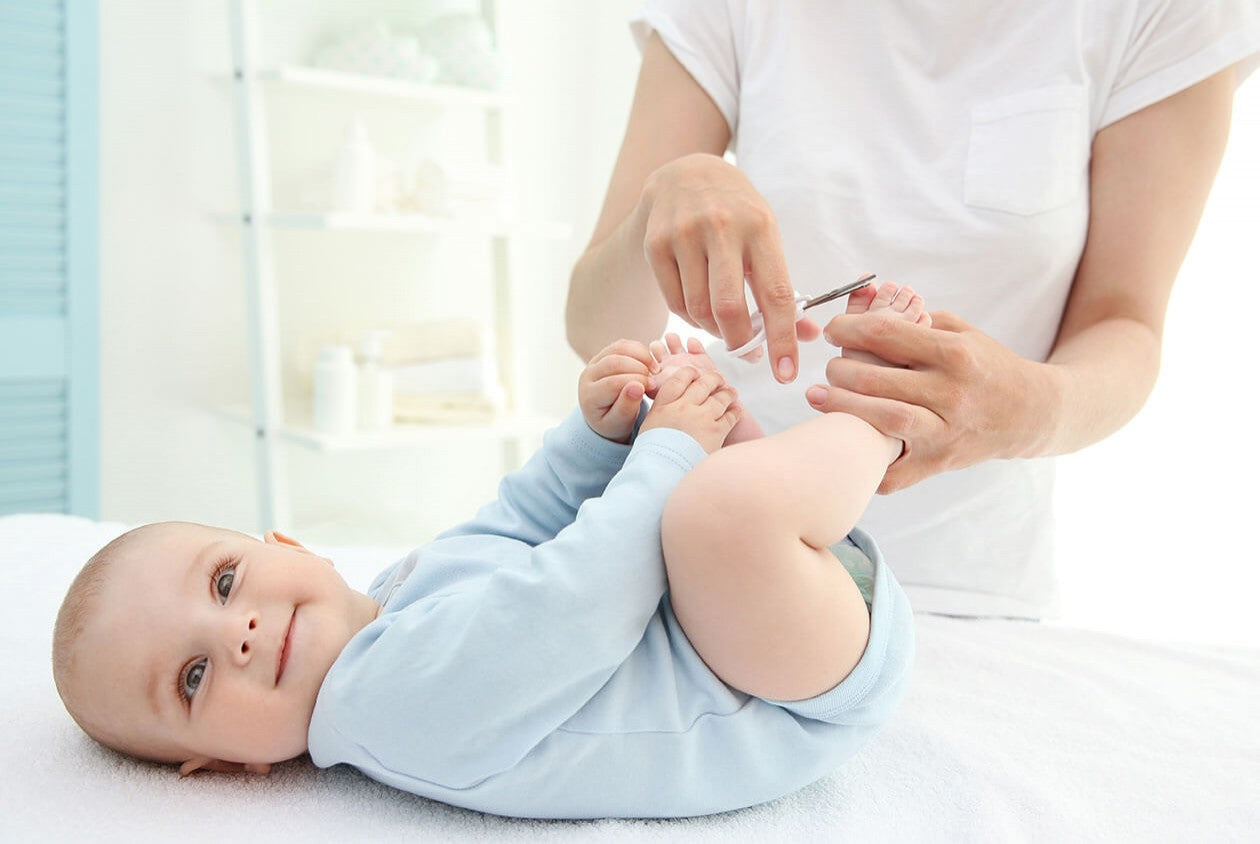Advice on: How and when to use the nipple shields?
Nipple shields
Normally, a new mother approaches the world of nipple shields when she has some problems with breastfeeding: the baby struggles to latch on and / or suck, or there are cuts, cracks and fissures. For some, the nipple shields represent "the turning point" while for other mothers they prove to be completely useless. How come? When are they really needed? And how to find your way around the various models available? Let's be clear!
What is a nipple shield?
The nipple shield is a sort of "artificial nipple" usually made of silicone (but also exists in other materials) and which in general should help the mother by proposing itself as a sort of teat for the breast. The nipple shield features an "areola" and a "nipple" that has holes that allow the baby to feed easily. Some models of nipple shields also have open areas that allow direct contact of the baby's chin and nose with the mother's skin - to promote skin-to-skin contact.
Nipple shield: to whom it is recommended
Some mothers hear about the nipple shield already in pregnancy: sometimes it is already recommended during the pre-birth course, or by friends and relatives who have "changed their lives". In general, the nipple shields protect the areola and facilitate breastfeeding. But they are usually recommended when some particular problems arise:
When the baby struggles to latch onto the breast , perhaps due to the "non-canonical" anatomical conformation of the mother's nipple
· When the baby is premature: in this case it could be useful to use the nipple cover to introduce him to breastfeeding, in a "simplified" way.
When the nipples hurt : sometimes breastfeeding can turn into a nightmare for the mother, and in this case the nipple shield can help to overcome a difficult phase. The baby can continue to feed from the breast which remains well protected until wounds and cracks heal.
Is the nipple shield always the solution?
Unfortunately, the answer is no. Even in the cases we have mentioned, the nipple shield is not a guarantee of solving the problem. Indeed, some people strongly advise against its use. Take, for example, the case of fissures: according to some people, the nipple cover is only a palliative, because the onset of this problem is due to an incorrect breast attachment. Wearing the nipple shield, the fissures will probably heal, but they will recur in a short time, because not only will the mother and baby have not learned the correct position, but the baby will have even consolidated incorrect sucking. Even in the case of flat nipples, the "detractors" of the nipple shield say this is not a problem, as the baby would have to take the entire areola into his mouth. Nonetheless, for some people belonging to the above cases, the use of the nipple cover has been of great help. But you have to know how to use it well!
How to use the nipple shield
Have you ever bought a nipple shield? If so, you will have noticed that its "installation", and therefore its use, are not at all simple. The best thing is to get help from someone who is already an expert, or better still from a breastfeeding consultant or even from the staff of the hospital where we gave birth. Most models involve being left to soak in hot water, and only then adhered to the breast, a bit like the bytes that some people use for bruxism. We must guess the appropriate size and consider that its use is, presumably, for a limited period. As with the bottle, the baby could "get used to it" and in some cases even refuse the breast if it does not have a nipple shield. Getting used to them is obviously not impossible, but it is usually very tiring.
The problems that the nipple shield can cause
The nipple shield was obviously born to solve some problems related to breastfeeding : it cannot be denied that using it when the nipples hurt and maybe bleed is a great relief, a solution that allows us to continue breastfeeding in peace. But it seems that all the benefits of the nipple shield are subordinated to the fact that it is a temporary solution. Because? We have already mentioned how the baby can "get used" to a different way of sucking and also to a different attachment (less wide than that of the breast).
Furthermore, according to some opinions, the nipple shield would interfere with the production of milk, as the barrier it forms would also partially shield the tactile stimulation created by the baby's mouth. This same "barrier" could also create problems with milk drainage, potentially causing blockages of the ducts and mastitis. In short, if in most cases the nipple shield is certainly not condemned, it is considered a useful tool for limited situations. It being understood that, in case of doubt, the best solution is always to contact your doctor.
Things to know when using the nipple shield
The most important thing to keep in mind is that the nipple shield is an object that can actually be useful in some situations, so to speak, "anomalous". It is not an object to put in the hospital suitcase together with the toothbrush and baby changes, because it serves to "facilitate breastfeeding". Almost all mothers have a hard time latching on the baby the first few times, it is normal to take a lot of patience to learn, both of you, how to breastfeed / suck the milk. And in this case the nipple shield is not the solution, indeed, it could be a complication. It is also not a suitable tool for DIY. It should be chosen with the help of competent personnel , because the size and fit must adapt perfectly to the breast. You have to make sure (maybe, even in this case, with help) that it is installed perfectly. And you must always monitor the baby's progress in terms of weight growth and be ready to remove the nipple shield as soon as the reason for its use disappears.
How to disinfect them
The nipple shields should simply be washed under running water and cleaned with a mild soap. The important thing is to rinse them well to eliminate any soap residue.
Some nipple shields come with a special case that can be inserted into the microwave which will proceed to sterilize.






Leave a comment